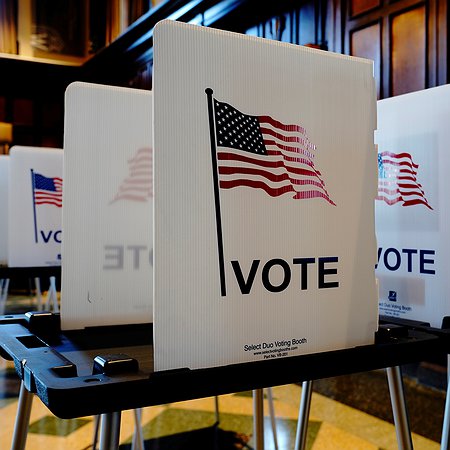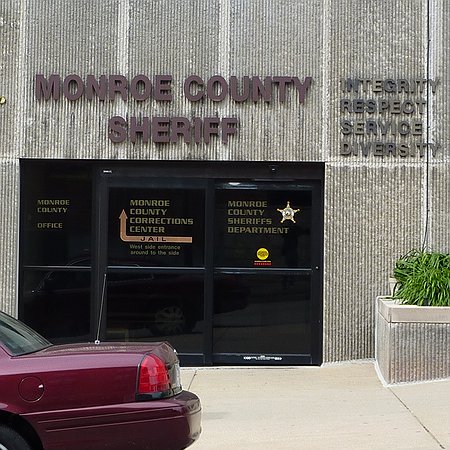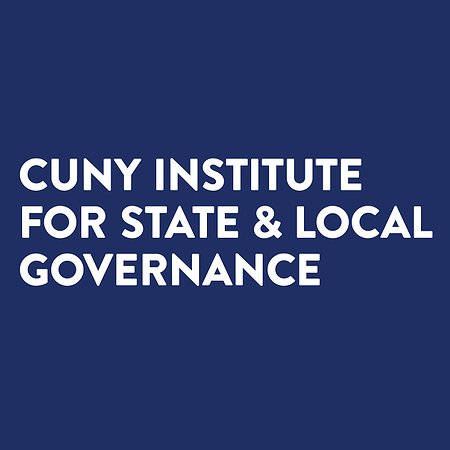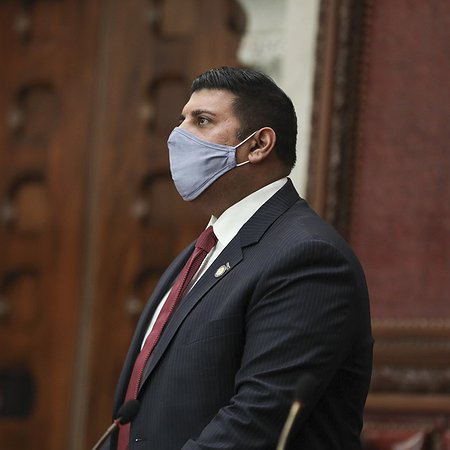Albany County DA Continues to Mislead and Lie About Bail Reform
Albany County District Attorney David Soares’ recent op-ed in the New York Post is riddled with inaccuracies, data manipulation, and outright lies.
The Briefing
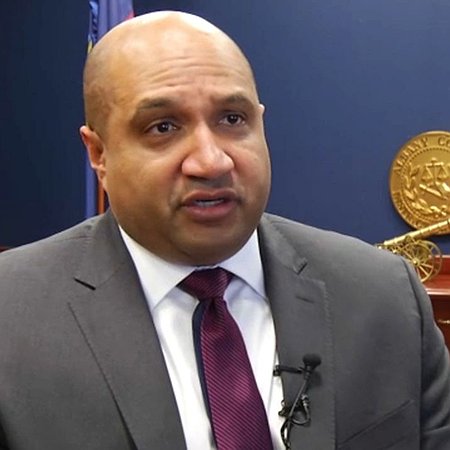
Albany County District Attorney David Soares’ recent op-ed in the New York Post is riddled with inaccuracies, data manipulation, and outright lies. Soares continues to mislead and lie about a set of reforms that have made New Yorkers safer and the criminal justice system more fair. While Soares campaigns for policies that will incarcerate more people, his arguments do not hold water and distract from the ongoing success of bail reform.
Bail reform is not a driver of crime
The data is clear: the long-overdue criminal justice reforms passed in 2019 did not cause an increase in crime. A number of studies have shown there is no clear connection between bail reform and any increase in crime.
Given the overwhelming data against him on the broad issue, Soares tries to cherry-pick data that might support his argument. He argues the first few months of 2020 prove his point: bail reform went into effect on January 1, 2020, and there was an uptick in crime after that. Such childlike logic has a long history: the sun going across the sky as proof the earth is stationary or a small infant thinking the world goes away during a game of peek-a-boo. Because of the complexity of causes, no responsible person analyzes crime statistics in this way.
Still, even his chosen statistic is undercut by facts. The amount of arrests did increase in the first part of 2020; however, in the five previous years before bail reform, there was also a sharp increase in arrests made at the beginning of the year. The increase in arrests in January 2020 in New York City was actually significantly lower than the average January increase in arrests over the previous five years. In other words, the January 2020 uptick in arrests was lower than a person would have expected based on historical data before bail reform. Bail reform did not cause the uptick in arrests.
Soares’ simple argument is that because people accused of crimes were released from jail, those people must have committed more crimes. His argument disregards the fact that bail is set pretrial and bail reform affects people who are legally innocent. Soares assumes that someone who is charged with a crime will somehow be emboldened to commit more crimes because of bail reform. This cynical claim makes no sense and flies in the face of the presumption of innocence, a bedrock principle of our legal system. Luckily, there is data to determine whether this is true: since 2019, the New York Criminal Justice Agency has tracked whether people have been re-arrested after being released. If Soares is correct that the people released because of bail reform were a driving factor in crime, then the number of people arrested with an open case would skyrocket after bail reform started to be implemented in 2020.
Unfortunately for Soares, the data is clear: the number of people arrested with a pending case was lower in the first quarter of 2020 than in the first quarter of 2019. If we were to include the so-called “soft launch” of judges releasing people in the end of 2019 that Soares references, his argument looks even worse: there were 11 percent fewer arraignments for people with pending cases in the end of 2019 and beginning of 2020 than there were in the first three quarters of 2019. His argument that people released because of bail reform went out to commit crimes and drove up the crime rate is false.
Soares also claims that bail reform causes crime by trying to cite statistics about people re-arrested after being put on non-monetary release (NMR). His argument starts with a factual inaccuracy: contrary to what he says, bail reform did not create the ability for a judge to release a person with conditions. For years before bail reform was passed, judges in New York City could release someone to “Supervised Release,” and judges across the state could set non-monetary conditions on a person’s release.
To make his point in a sensationalist way, he again manipulates the data. He cites high rates of re-arrests of people on NMR for burglary, grand larceny, and robbery in the third degree, yet he fails to mention raw numbers. The total number of all cases alleged to be committed by people out on NMR for the crimes Soares cited amounts to just 2 percent of all cases in New York. And even that does not tell the full story: the people re-arrested for violent felonies out on NMR for the crimes he specified make up three tenths of one percent of all cases in New York. This manufactured crisis only exists in the pages of the tabloids.
The reality is that crime in New York is lower than it was in the pre-reforms era Soares writes about longingly. The reason some New Yorkers believe their state to be unsafe is because people like Soares and tabloids like the New York Post keep telling them to be afraid.
The truth is that bail reform is an ongoing success. Rearrest rates in New York City remained constant before and after bail reform. Court appearance rates improved after bail reform, meaning more people showed up for their court dates after their release from custody. If the vast majority of people released because of bail reform did not commit new crimes and the vast majority of those people kept coming back to court, a person may wonder what purpose jail serves.
“Least Restrictive Means” has always been the law
Soares also attacks the language of the bail reform law, specifically the words “least restrictive.” But bail reform did not change anything about this standard: Judges have been required to set the least restrictive means to ensure a person’s appearance in court for the last half century in New York State.
Governor Hochul’s recent proposal not only eliminates the “least restrictive" language, but also the requirement that bail only be considered to ensure a person’s appearance in court, replacing the decades-old standard with nothing. This radical change in the bail law would allow a judge to set bail on a person whenever they pleased, for whatever reason they liked. History and data have shown that an increase in judicial discretion will cause an increase in the jailing of young men of color. The goal of bail reform was to decrease the inequities of the criminal justice system by limiting judicial discretion. Taking away any standard will needlessly cause more young Brown and Black men to end up in cages.
Bail reform has helped Black communities
Soares argues that bail reform has hurt Black communities. His solution, however, is to advocate for policies that will incarcerate more Black people. Black voters strongly disagree with him. Recent polling shows 80 percent of Black voters believe it is important to reduce the number of people in jail and prison, and, by a four-to-one margin, Black voters are more likely to believe we need more reforms to reduce incarceration than to believe we should undo policy changes that have reduced incarceration.
Black New Yorkers are disproportionately harmed by the criminal legal system and Black communities are over-policed, over-prosecuted and over-incarcerated. Bail reform was aimed at attacking the systemic bias that ruined – and took – countless lives, most notably that of Kalief Browder.
Yet, even after bail reform, there is still work to be done. In data collected by the Unified Court System since bail reform has gone into effect, a Black person is 37 percent more likely to be held in on bail than a white person. The systemic bias continues while incarcerated: at Rikers Island, a Black person is 50 percent more likely to receive an infraction than a white person and is twice as likely to end up in maximum security. Marvin Pines, a Black man, died earlier this month at Rikers Island. He would not have been there if the legislature had not rolled back bail reform in 2020 and 2022.
No matter the messenger, it is racist to argue that the public would be safer if more Black people were incarcerated. More incarceration does not make us safer. Inflammatory rhetoric and misinformation hurts Black communities, not bail reform.
Jail is not an effective public safety measure
Soares claims that district attorneys understand “the complicated nature of social determinants of crime and agree that those should also be prioritized.” Yet the only solution he proposes – or even mentions – is putting more people in jail. Chemical addiction, mental health struggles, and poverty – all of which were exacerbated by a once-in-a-lifetime pandemic – are the root cause of crimes Mr. Soares discusses. Throwing more people in jail will not fix those problems.
Jails do not make us safer. Carceral policies like pretrial incarceration can exacerbate drivers of crime. By destabilizing and disrupting people’s lives, pretrial incarceration increases the likelihood of future arrests and undermines the health and safety of individuals, families, and their communities. For example, data show that community-based, public health-centered violence intervention programs do a better job of preventing and decreasing gun crime than policing and prosecution. The safest communities have the most resources, not the highest incarceration rates.
Story Link
New York Post coverage of Soares' speech
